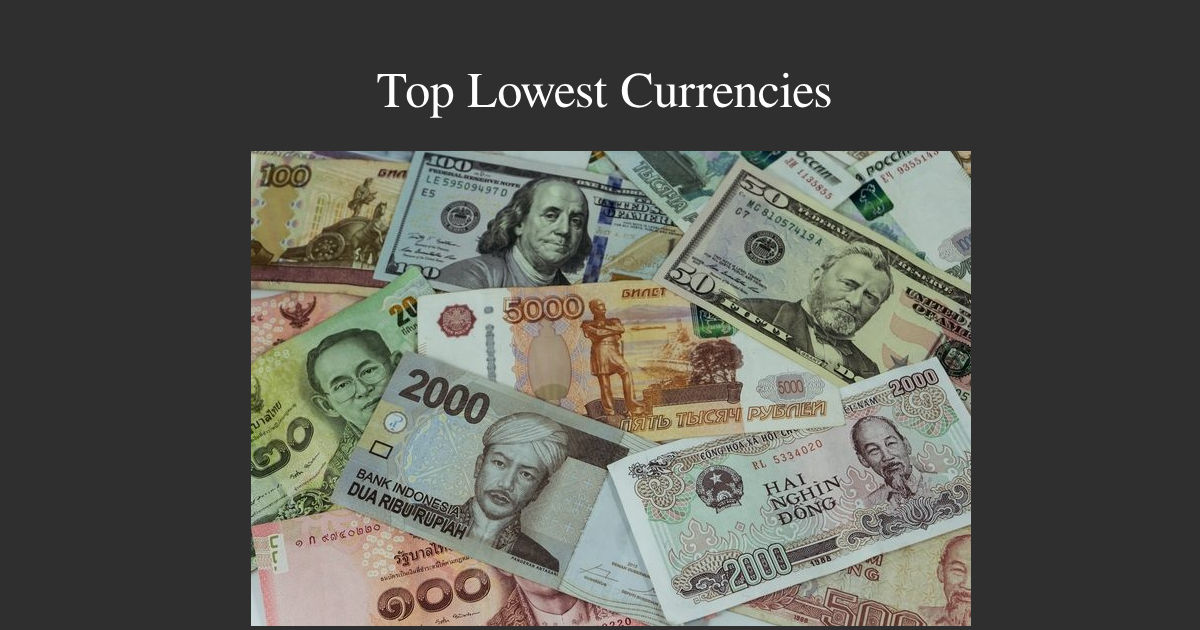
The top ten lowest-valued currencies come from countries with economic challenges, such as high prices and unpredictable politics. When traded for other currencies from around the world, these currencies are not worth much. People in these countries may find it difficult to purchase items since their money does not stretch very far.
These countries have a responsibility to stabilise their economies and limit growing prices for the purpose to make their national currencies more resilient and valuable. Find out which are the top 10 lowest currencies in the world in this blog, and see how much they are valued at INR!
Cheapest Currencies in the World
| Currency | Value in INR |
| Iranian Rial (IRR) | 0.0019 INR |
| Vietnamese Dong (VND) | 0.000031 INR |
| Sierra Leonean Leone (SLL) | 0.00038 INR |
| Lao/Laotian Kip (LAK) | 0.0043 INR |
| Indonesian Rupiah (IDR) | 0.0053 INR |
| Uzbekistani Som (UZS) | 0.000094 INR |
| Guinean Franc (GNF) | 0.0008 INR |
| Paraguayan Guarani (PYG) | 0.012 INR |
| Ugandan Shilling (USH) | 0.00004469 INR |
| Iraqi Dinar (IQD) | 0.00001309 INR |
Iranian Rial (IRR)

The Iranian Rial (IRR) is the currency of Iran, which is located in the Middle East and is denoted by the symbol “﷼.” It is issued and regulated by the Islamic Republic of Iran’s Central Bank.
The Iranian Rial, on the other hand, has encountered considerable obstacles throughout the years, including sanctions on the economy, high rates of inflation, and instability in politics, leading its value on the world market to shift over time.
The Iranian Rial is now recognised as the world’s least valuable currency, with 1 Indian Rupee equal to 515.22 IRR. The currency’s devaluation can be linked to issues such as continued political upheaval, the impact of the Iran-Iraq war, and concerns over the country’s nuclear program. These issues have contributed to its gradual depreciation, making it one of the world’s lowest currencies.
Also Read: Top 10 Highest Currency in the World in 2023 – From Dollars to Dinars
Vietnamese Dong (VND)
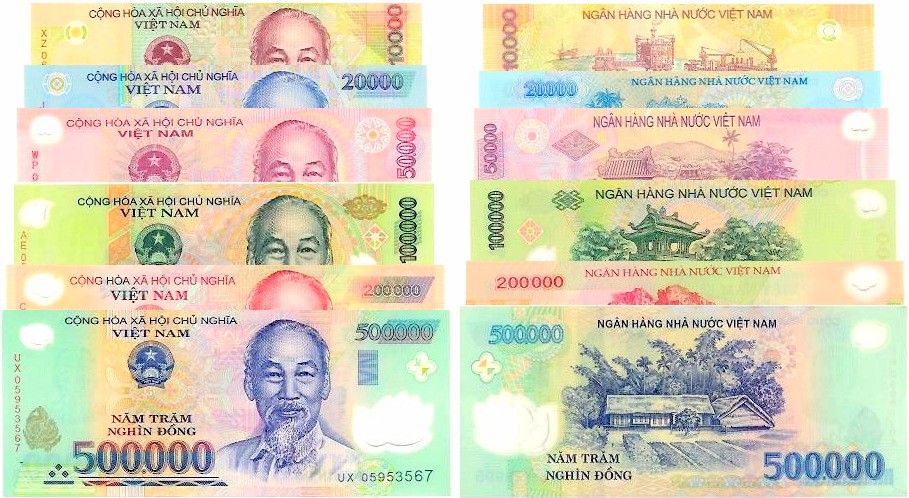
The Vietnamese Dong (VND) is the national currency of Vietnam, which happens to be a Southeast Asian country that has been recognised over the years for its fascinating history and vibrant culture. It is denoted by the sign “₫” and is administered by the State Bank of Vietnam.
In recent years, the VND has generally had stable exchange rates, which has aided Vietnam’s economy and attracted more foreign investment. At the moment, one Indian rupee equals 288.11 Vietnamese dong. Vietnam has had a controlled economy, but it is now attempting to become more market-oriented.
Unfortunately, the VND is currently experiencing substantial depreciation. However, when compared with other significant global currencies, it has come to the notice that the VND is not particularly valuable.
The country’s government has been putting in its best efforts to stabilise the decreasing economy and build a better platform for the promotion of international trade and tourism since it plays a significant role in the determination of Dong’s value when taken on the global market. The VND’s value, like all currencies, may rise or fall due to a wide range of variables such as political and economic conditions.
Sierra Leonean Leone (SLL)

The currency used in Sierra Leone is called the Sierra Leonean Leone (SLL). It is the official currency of the country situated in West Africa and is represented by the symbol “Le.”
As per the global news it has come to the notice that the nation’s currency and economy are in sharp decline, with 1 Indian Rupee equalling 240.70 Sierra Leonean Leones (SLL). The history of the country is marked by controversies, money laundering, and deadly civil conflicts that decimated Western Africa.
Sierra Leone is suffering from extreme poverty as a result of these conflicts, impeding its overall economic development and growth. Notwithstanding the nation’s ample supply of resources which include diamonds and minerals, it has always managed to face the dire consequences of its governmental instability and internal conflicts which in turn have made effective management and utilisation of these assets difficult.
Widespread corruption and misuse of financial assets have contributed to the current financial situation, causing Sierra Leonean Leone to lose value and reduce its purchasing power.
Laotian Kip (LAK)

The Lao or Laotian Kip (LAK) is the national currency of Laos, a Southeast Asian country. It is denoted by the sign “₭” and is overseen by the Bank of the Lao People’s Democratic Republic. The Kip has been broken down into smaller units of cash that are commonly referred to as “at.”
Laos’ dependency strongly lies in its ability to promote and enhance its agriculture and natural resources sectors. It is noted that their strong command over the respective sectors can influence the value of the Kip.
1 Indian Rupee is equivalent to 233.21 Lao Kip (LAK). Since its introduction in 1952, the Lao currency has displayed poor value. However, there is a piece of encouraging information that the Lao Kip’s value has been steadily rising over the years. This suggests that the currency has become slightly more valuable, and this is an encouraging sign for the economic performance of the nation. It has the potential to increase the country’s trade and investment prospects, so adding to its overall development and prosperity.
Indonesian Rupiah (IDR)

The Indonesian Rupiah (IDR) is the currency used in Indonesia, a Southeast Asian country with several islands. It is denoted by the symbol “Rp” and is governed by Bank Indonesia, Indonesia’s central bank. One Indian Rupee (INR) is equivalent to 182.94 Indonesian Rupiah (IDR).
It should also be remembered that Indonesia relies largely on selling commodities such as oil and minerals, and when their prices fall, the Rupiah’s value falls. For many years, the Indonesian Rupiah has been the principal medium of exchange in the country, facilitating numerous transactions and supporting the country’s booming economy. Unfortunately, due to economic circumstances and global market conditions, the Indonesian Rupiah has not strengthened over the last seven years and the Federal Reserve has been unable to safeguard the currency.
Uzbekistani Som (UZS)

The Uzbekistani Som has undergone several economic changes, including currency reforms, to ensure its value remains stable and contributes to the country’s economic growth.
People in Uzbekistan utilize the Uzbekistani Som (UZS) as their national currency. Uzbekistan is a Central Asian country with no coasts, and its currency is denoted by the symbol “cм.”1 Indian Rupee equals 141.05 Uzbekistani Som (UZS). The Republic of Uzbekistan’s Central Bank is in charge of issuing and managing the currency.
The nation’s Financial stability is extremely important for the value of the Uzbekistani Som, as it will ensure one step towards a healthy economy and not just this but would also strive towards improving the standard of living for its citizens, and it has been noted that there are signs that things may begin to improve for the people of the nation in the third quarter of 2022, and their economic status may be stabilised in a few years.
Guinean Franc (GNF)
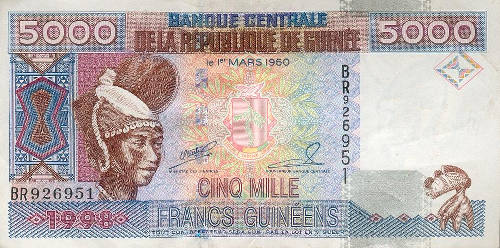
The Guinean Franc, like many developing-country currencies, confronts issues such as fluctuating exchange rates and inflation. The purchasing power of the currency is influenced by the state of the Guinean economy and the country’s stability. One Indian rupee equals 104.74 Guinean Francs (GNF).
The Guinean Franc (GNF) is the official currency in Guinea, and it is governed by the Central Bank of the Republic of Guinea. The currency is divided into smaller denominations known as “centimes,” but even these coins are rarely taken into usage in ordinary transactions.
The value of Guinea’s currency continues to fall over time. It is critical for Guinea to act and stabilise its currency in order to boost the country’s economy and people’s well-being. To do this, Guinea needs to work to expand its economy, stabilise its political scenario, and lure foreign investment. Guinea may enhance people’s living standards, improve possibilities for trade, and favour the country’s overall development as an economy through the existence of a stable currency.
Paraguayan Guarani (PYG)
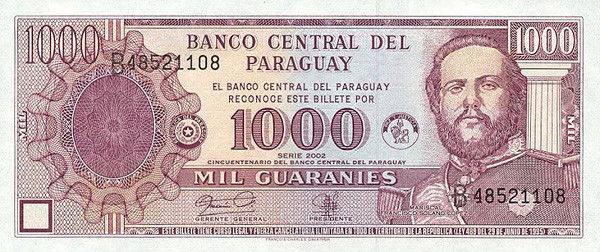
The economy of Paraguay suffered from turmoil which in turn had a significant impact on people’s lives and its overall stability. The national currency in Paraguay is the Paraguayan Guarani (PYG). It is denoted by the symbol “₲” and is governed by the Central Bank of Paraguay. One Indian rupee is equivalent to 88.38 Paraguayan Guarani (PYG).
During the time when Paraguay experienced a severe financial meltdown, the nation received a severe blow that ended up resulting in concerns such as price increases (inflation), corruption, weakened economic sectors, poverty, widespread unemployment, and higher prices.
All of these issues prompted the currency’s value to fall. The Paraguayan government, on the other hand after witnessing a decline is now paying its full focus on the steps to keep the currency stable.
To improve things, the country must have an orderly political situation, attract foreign investment, and have an economy that is more diverse. These measures are capable of helping Paraguay as well as its currency, the Guarani to keep on improving and succeed.
Ugandan Shilling (USH)
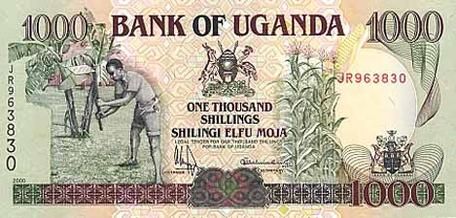
Ugandans utilise the Ugandan Shilling (USH) as their national currency. Uganda is an East African country with no coasts. The currency is denoted by the symbol “USh” and is managed by the Bank of Uganda, which functions similarly to the country’s central bank.
1 Indian Rupee is currently worth 44.69 Ugandan Shilling (USH). Uganda has suffered several economic issues over the years, such as price increases (inflation) and currency depreciation. When Idi Amin was president, there were certain major challenges as a result of policies such as immigration regulations, which harmed the country’s economy and finances.
These economic challenges continue to impede Uganda’s progress. However, there is some good news! Recently, the market value of the nation’s currency has gone up and its drop in value has been confined to roughly 5%.
Uganda has been working on fiscal wellness and strategies to enable its economy to expand and boost things even further. This has the potential to improve people’s and the nation’s prospective opportunities.
Iraqi Dinar (IQD)
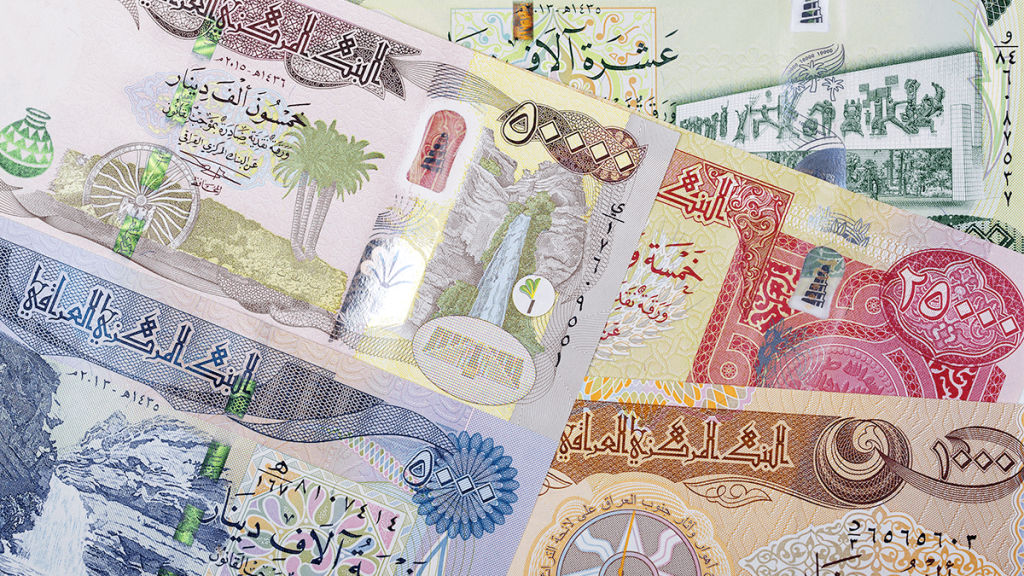
The Iraqi Dinar (IQD) is the official currency of Iraq, a Middle Eastern country. Iraq’s economy is heavily reliant on its vast oil reserves, which has an impact on the value and stability of the Iraqi Dinar.
However, the country has suffered troubles such as conflicts and ongoing issues, which have caused the Iraqi Dinar’s value to fall in comparison to other currencies. At the moment, one Indian rupee is worth 15.96 Iraqi dinars (IQD). The Iraqi Central Bank issues the dinar.
The value of the Iraqi Dinar might fluctuate depending on global events and the health of the Iraqi economy.
Iraq must work on resolving internal issues and developing the economy in order to strengthen the currency and stabilise the economy. This can assist the Iraqi Dinar gain value and, in the long run, support the country’s economic prosperity.
Due to the economy changing every day and the challenges of high inflation in many underdeveloped countries worldwide, it’s very common and expected that the values of their national currencies will fluctuate. In the list above, we have provided information about 10 of the currencies with the lowest values, along with the countries they belong to and their respective values when converted to INR.










